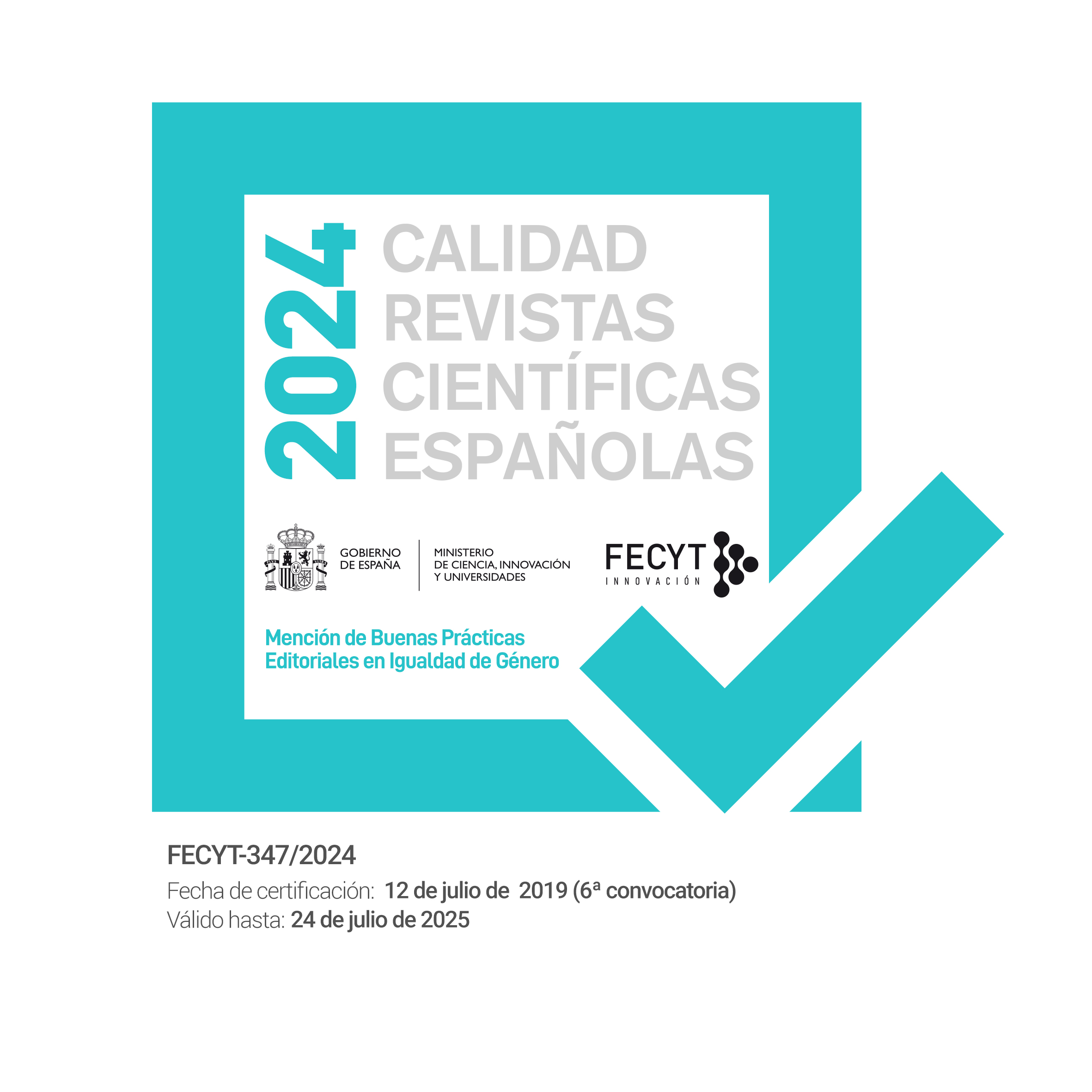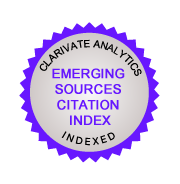Pedro García y el color del vidrio
DOI:
https://doi.org/10.5944/etfvii.12.1999.2334Abstract
El vidrio es uno de los materiales que ha alcanzado una dimensión escultórica en el siglo XX. Fue a mediados de este siglo, aproximadamente, cuando tuvo lugar su incorporación a la escultura contemporánea, y aunque España se ha sumado con un cierto retraso a esta nueva vertiente del lengueje escultórico, no son pocos los nombres de escultores que podrían ser citados por haber descubierto las posibilidades que el vidrio encierra como material escultórico. Uno de ellos es Pedro García, quien ha encontrado en el vidrio laminado, un material de procedencia industrial, su medio de expresión plástica. El análisis de su evolución artística hasta el momento actual constituye el objeto de este artículo, para lo cual se ha partido de unas primeras obras que obedecen a un planteamiento constructivo, racionalista, y en las que el vidrio ha sido trabajado en frío.
The apparition of glass as a new material in sculpture dates from the middle of the XXth century. Spain has incorporated the sculptoric possibilities of glass later than other countries, but it has had an important following by an important group of sculptors. One of them is Pedro García, who has found in laminated glass, an industrial type of glass, his chief inspiration. This article traces the history of his artistic evolution. In the beginning his sculptures were very constructive and rational. Later, he developed a special technique working on glass in the process of formation through heat.
Downloads
Downloads
Published
How to Cite
Issue
Section
License
Authors who publish in this journal agree to the following terms:
- Authors retain copyright and grant the journal right of the first publication with the work simultaneously licensed under a license Creative Commons Reconocimiento-NoComercial 4.0 Internacional that allows others to share the work with an acknowledgement of the work's authorship and initial publication in this journal.

- Authors are able to enter into separate, additional contractual arrangements for the non-exclusive distribution of the journal's published version of the work (e.g., post it to an institutional repository or publish it in a book), with an acknowledgement of its initial publication in this journal.
- Authors are permitted and encouraged to post their work online (e.g., in institutional repositories or on their website) prior to and during the submission process, as it can lead to productive exchanges, as well as to earlier and greater citation of the published work (See The Effect of Open Access).








